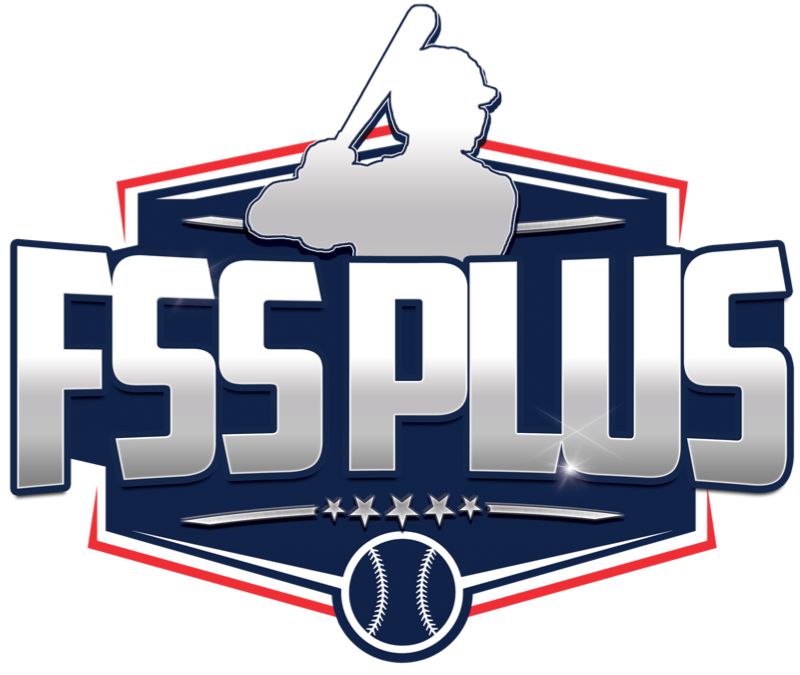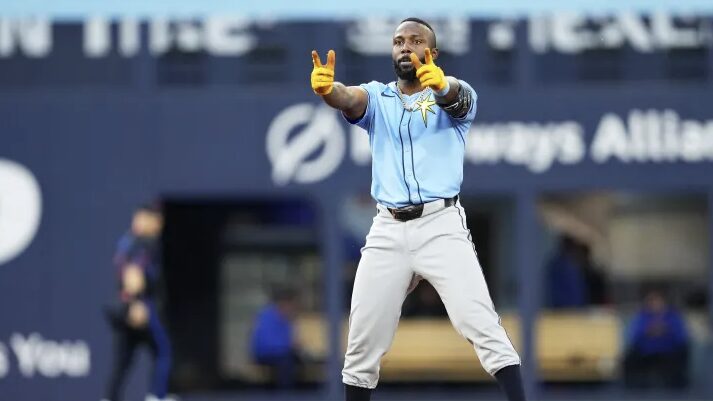The Seattle Mariners find their offensive woes growing deeper and deeper by the week. Whether by way of injury of a general lack of performance, the team needed to bolster its roster and quickly. On Thursday night the Tampa Bay Rays sent outfielder Randy Arozarena to Seattle for two helium prospects in right-handed pitcher Brody Hopkins and outfielder Aidan Smith. The Mariners will also attach a player to be named later in the coming months.
For Seattle
This was simply a deal that needed to be made. While Arozarena’s .211/.319/.384 slash won’t inject immediate enthusiasm into the Mariners’ situation, a closer look into his production since June 1 tells a different story. Since June 1, Arozarena is slashing .290/.402/.517 with a 166 wRC+. He’s been one of the more impactful hitters in the American League the last seven weeks. That stretch has his wRC+ up to 109 on the season. He immediately becomes the clubhouse leader for wRC+ in the Mariners lineup.
The Mariners will control Arozarena through the 2026 season though he won’t come terribly cheap. He’s already making $8.1 million in year two of his Super 2 arbitration, a number that figures to jump closer to $10 million in 2025 and potentially closer to $15 million in 2026. Should Seattle get the career-norm version of Arozarena over the next two-and-a-half seasons, an annual 3.0 fWAR contributor, it’s money and resources well spent. Arozarena’s bat will undoubtedly be tested in T-Mobile Park, however. He’s an extreme pull-hitter who relies on efficient launch angles to get the most of his above-average bat speed. To date, Arozarena has a career .289/.333/.511 slash at his new home ballpark with three home runs in eleven games.
For Tampa Bay
The acquisition of Hopkins and Smith should not be discounted as both are extreme helium prospects. Our midseason prospect rankings are set to come out in a couple weeks. Smith was set to rank as the no. 13 prospect in Seattle’s system while Hopkins was set to rank no. 14. At time of publish, Smith would rank no. 6 in the Rays system. Hopkins would rank no. 7.
In Smith, 20, the Rays are acquiring a potential five-tool outfielder. He’s a plus runner with above-average bat speed, centerfield instincts and an above average throwing arm. The bat has taken a step forward this season evidenced by his .284/.402/.470 slash as a teenager at Class-A Modesto. Smith does struggle with swing-and-miss at times evidenced by a 20-percent whiff rate on pitches inside the strike zone. That said, he’s cut his strikeout percentage down by more than five percent this year, now under 25 percent. Smith is running a 22 percent chase rate this season and has fared far better identifying spin than he did a year prior. He’s hit nine homers and stolen 28 bases. If the hit tool continues on the linear trajectory it has shown thus far, he projects dynamic performer who can hit anywhere in the lineup, though his size and strength point more toward a middle-of-the-lineup run producer. Smith was a fourth round selection by the Mariners in 2023, though he was paid like a second-round pick.
Hopkins, 22, is about as exciting a pitching prospect as you’ll find, especially when considering how well the Rays have done in squeezing the most value out of unique arms. He’s a metric darling with a near-five foot release height and well-above average extension. He’s generally 95-96 but will touch 99 in shorter stints. Hopkins generates more vertical ride on his fastball than most of his peers with a similar slot, a trait that allows his four-seamer to really play at the letters. There’s also a two-seamer with more arm-side tailing action, though Tampa Bay may elect to scrap that pitch if Hopkins eventually moves into the bullpen.
Hopkins’ sweeper is pro-ready, thrown firm in the 87 mph band. He generates significant two-plane tilt with impressive vertical action when considering the velocity of the pitch as well as his arm slot. There’s also a curveball here with slightly more depth and very minimal horizontal plane. Toss in his cutter in the low 90s as a fringier changeup and it’s a rather complete menu to attack hitters. Hopkins is running a 4.30 percent walk-rate this season and that’ll need to come down over time if he hopes to capitalize on his starting pitcher ceiling. That said, he just started pitching three years ago and the case can be made he’s still rather green.
Seattle is also including a player to be named later and while it’s highly unlikely that player will be one of their top six-to-eight prospects, it stands to reason the list of potential options could include any number of position players set to rank in the 11-20 range. Position players like Michael Arroyo and Ben Williamson, as well as interesting arms such as Michael Morales, Jeter Martinez and Reid VanScoter all make some sense, if only from an entirely presumptive angle.
- The Diamondbacks return for Josh Naylor… - July 25, 2025
- Five 2025 draft picks that could win Rookie of the Year in 2026 - July 21, 2025
- 2025 MLB Draft: The predictions you didn’t know you needed - July 16, 2025












